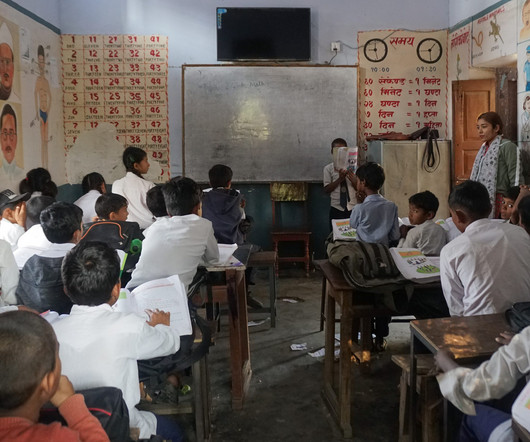Nepal says students have a right to learn in their native languages —but it still isn’t happening
The Hechinger Report
JUNE 8, 2023
An analysis of the last three years of Banke district’s final secondary education exam results—conducted at the end of 10th grade—found that only 30 percent of students who scored a GPA higher than 3.0 Students learn Nepali during a May 2003 lesson at the Mahendra Jhoti Secondary School in Chaurikharka, Nepal.



















Let's personalize your content